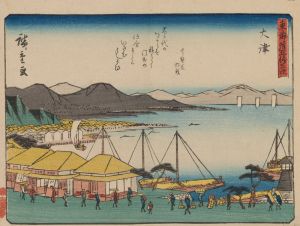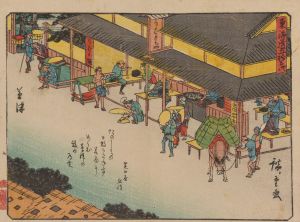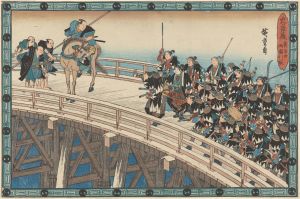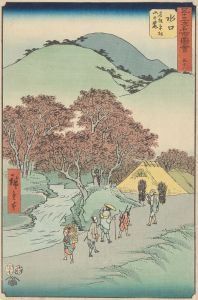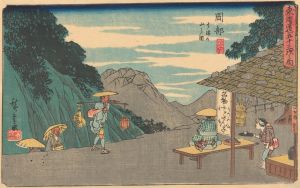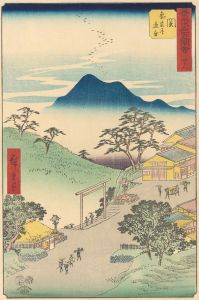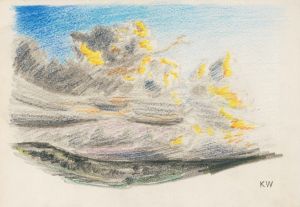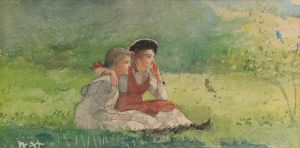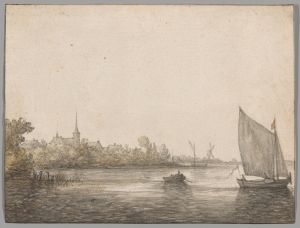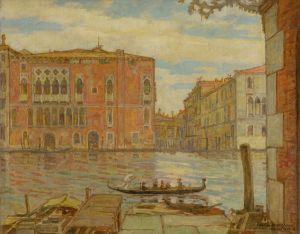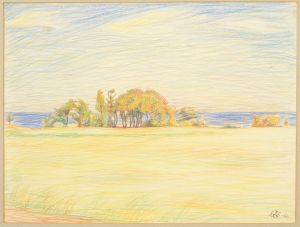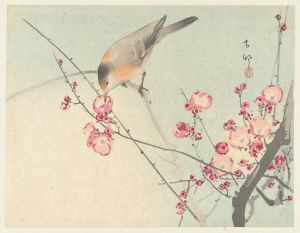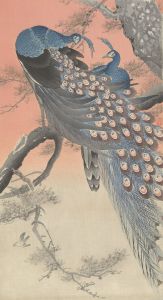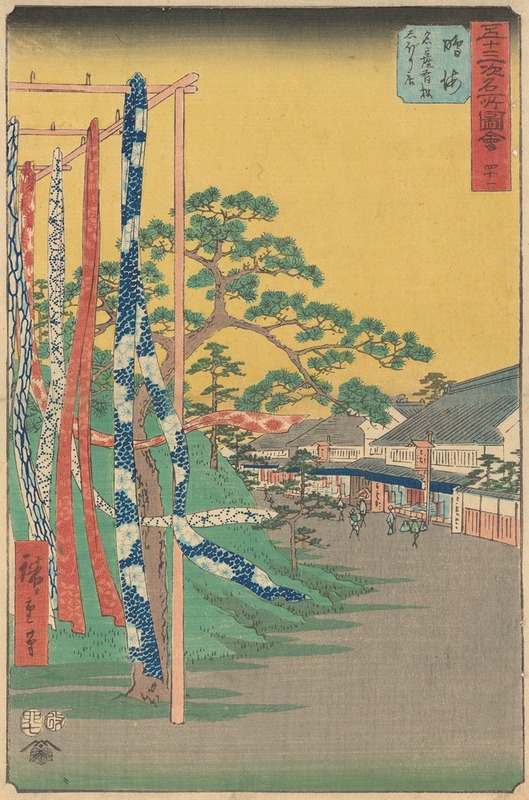
Narumi
A hand-painted replica of Andō Hiroshige’s masterpiece Narumi, meticulously crafted by professional artists to capture the true essence of the original. Each piece is created with museum-quality canvas and rare mineral pigments, carefully painted by experienced artists with delicate brushstrokes and rich, layered colors to perfectly recreate the texture of the original artwork. Unlike machine-printed reproductions, this hand-painted version brings the painting to life, infused with the artist’s emotions and skill in every stroke. Whether for personal collection or home decoration, it instantly elevates the artistic atmosphere of any space.
Narumi by Andō Hiroshige is a woodblock print that is part of the famous series "The Fifty-three Stations of the Tōkaidō" (Tōkaidō Gojūsan-tsugi), which was created in the 1830s. Andō Hiroshige, also known as Utagawa Hiroshige, was a renowned Japanese ukiyo-e artist, celebrated for his landscape prints and depictions of everyday life in Edo-period Japan.
"The Fifty-three Stations of the Tōkaidō" series illustrates the various post stations along the Tōkaidō road, which was the main travel and transport route between Edo (modern-day Tokyo) and Kyoto during the Edo period. This series is one of Hiroshige's most famous works and played a significant role in popularizing the Tōkaidō road and its scenic beauty.
Narumi is the 40th station in the series and is located in present-day Nagoya, Aichi Prefecture. The print captures the bustling activity of the post station, which was known for its production of tie-dyed fabrics, a specialty of the region. In the foreground of the print, travelers can be seen walking along the road, some of them carrying goods or leading packhorses. The background features shops and houses, with merchants and locals engaging in their daily activities.
Hiroshige's use of color and composition in Narumi is characteristic of his style, with a keen attention to detail and a harmonious balance between human activity and the natural environment. The print showcases his ability to convey the atmosphere and liveliness of the post station, making the viewer feel as if they are part of the scene.
The Tōkaidō series was highly influential and widely appreciated both in Japan and abroad. It contributed to the development of landscape art in Japan and inspired many Western artists, including the Impressionists, who admired Hiroshige's innovative use of perspective and color. The series also reflects the cultural and economic significance of the Tōkaidō road during the Edo period, as it was a vital artery for travel, trade, and communication.
Hiroshige's work, including Narumi, remains highly regarded for its artistic merit and historical value. His prints offer a glimpse into the daily life and landscapes of 19th-century Japan, preserving the cultural heritage of the Edo period for future generations to appreciate. Today, original prints from "The Fifty-three Stations of the Tōkaidō" series, including Narumi, are held in various museums and private collections around the world, continuing to captivate audiences with their beauty and historical significance.





